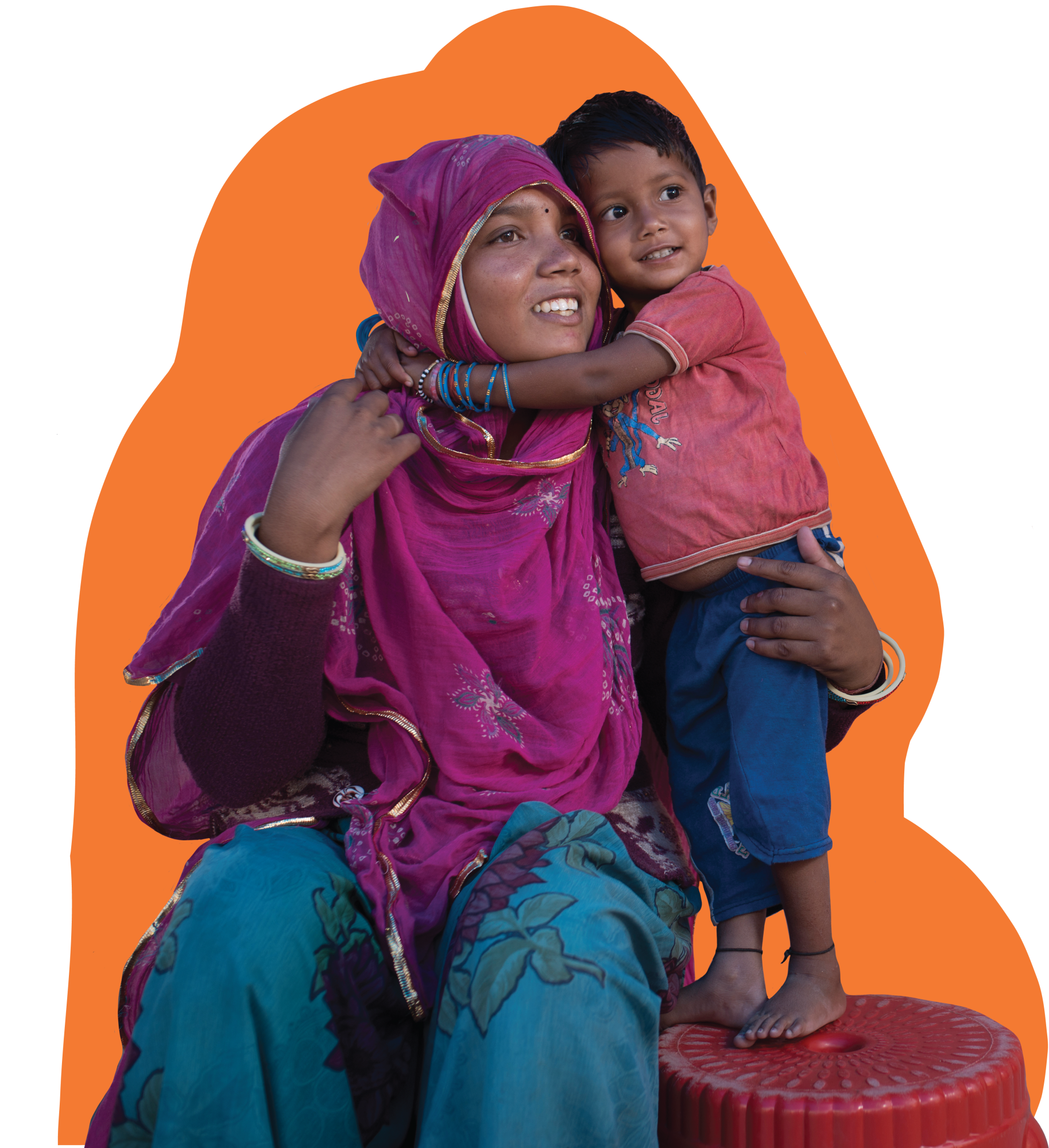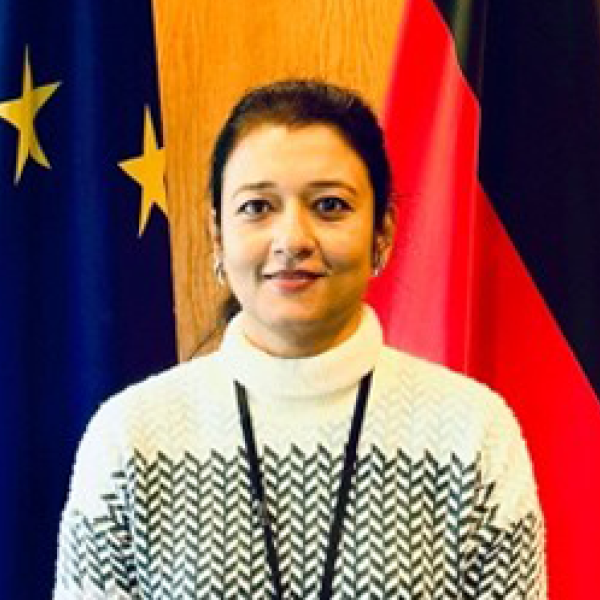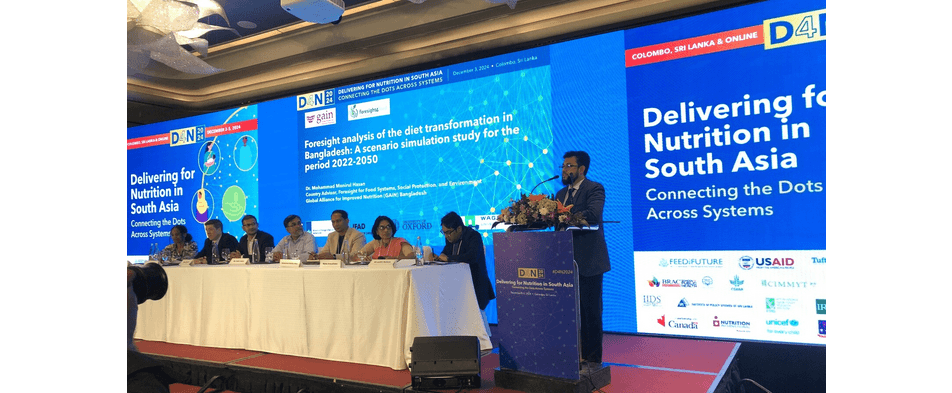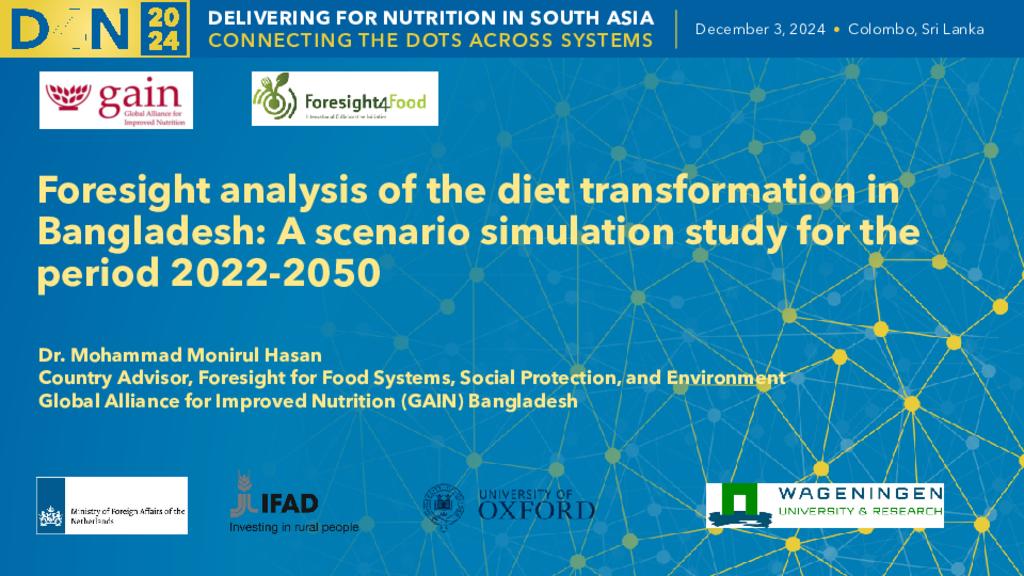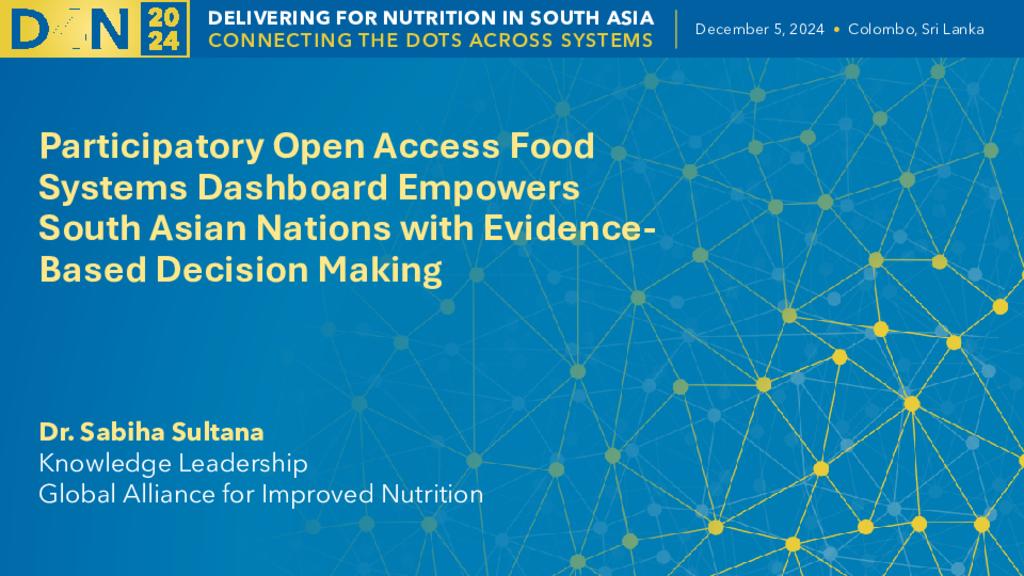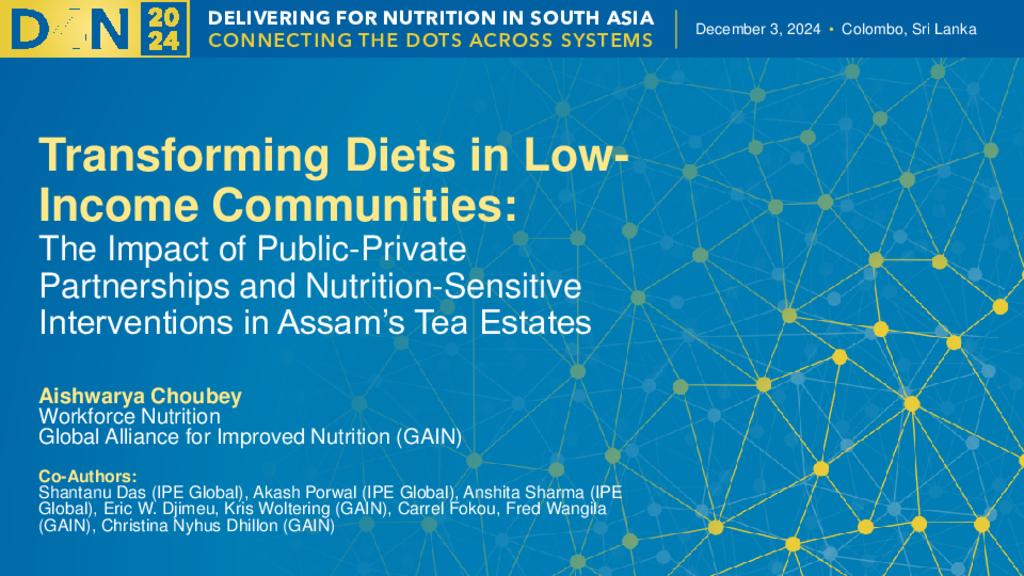Background
South Asia grapples with escalating levels of malnutrition in various forms, including undernutrition, overweight and obesity, and micronutrient deficiencies, alongside increasing incidence of diet-related non-communicable diseases. Malnutrition results from a complex interplay of factors incorporating household and individual decision-making, agriculture and food systems, healthcare services, education, and socio-ecological systems that determine access to services and resources, and related policy processes. Across the region, income distribution has worsened: the gap between ‘haves’ and ‘have-nots’ is of growing concern. Agriculture, markets, and the policies governing them play a crucial role in determining the availability, accessibility, and affordability of nutritious foods, thereby influencing dietary patterns and nutritional outcomes. Gender disparities throughout agrifood systems lead to differences in health outcomes between men and women. South Asia is a region of high climate sensitivity, and communities are vulnerable to the effects of rising temperatures, erratic rainfall patterns, and increased frequency of extreme events that impact crop yields, contribute to loss of nutritional diversity, and affect agricultural incomes and livelihoods, thereby increasing food insecurity.
To accelerate progress towards mitigating the complex multifactorial nutrition issues present in South Asia, all relevant sectors need to unite to create solutions. Most South Asian countries have developed integrated policies to promote nutrition through multi-sectoral involvement and collaboration, but there are still major challenges around implementing, monitoring, and evaluating these current programs and policies.
